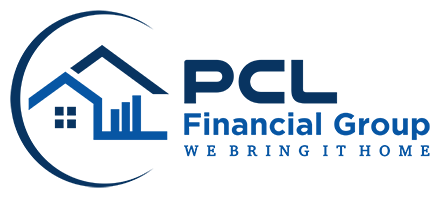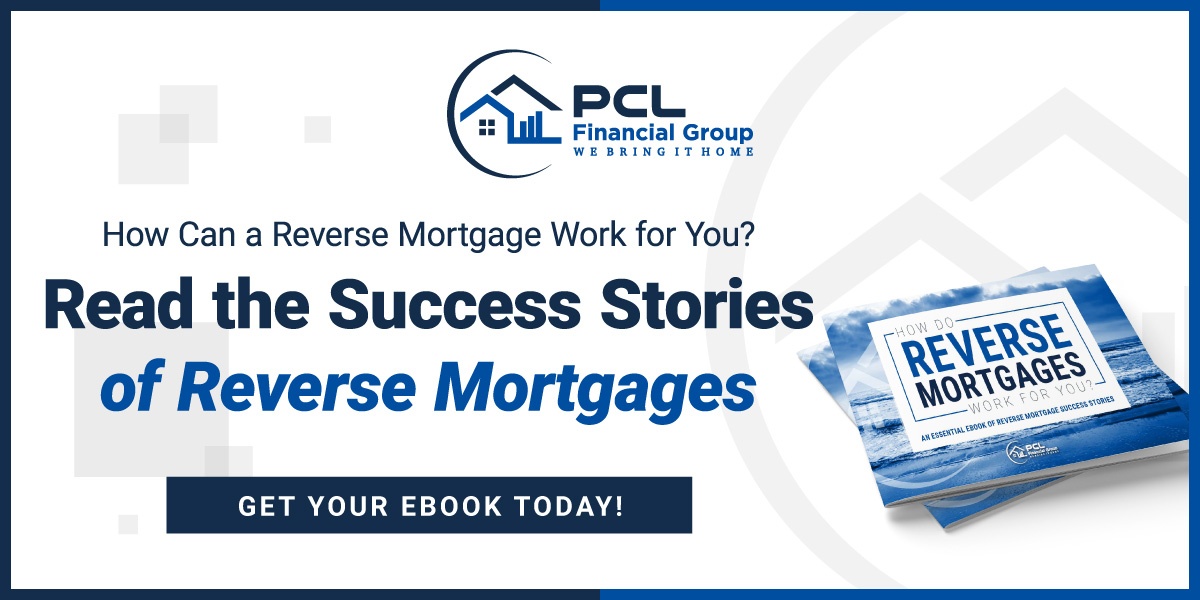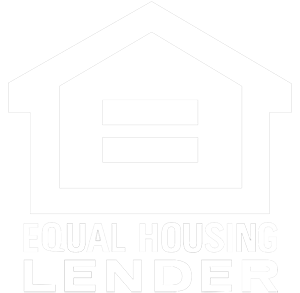5 Benefits of Reverse Mortgages You Need to Know

If you are a homeowner at or near retirement age, you’ve probably heard of reverse mortgages. Reverse mortgages can add stability and can be used as part of your financial planning for retirement. There are many benefits of reverse mortgages that help you and your family supplement your retirement income. So, what exactly are the benefits?
What is a Reverse Mortgage and What Can it Be Used For?
A reverse mortgage loan allows homeowners ages 62 (55 for certain programs) and older to borrow money using their home value as security for the loan and receive funds as a lump sum, fixed monthly payment, or line of credit. A reverse mortgage doesn’t require the homeowner to make any loan payments and the title to your home remains in your name. Up to a limit, the entire loan balance becomes due and payable if the borrower dies, moves out permanently, or sells the home.
The federal government requires lenders to structure the transaction so that the loan amount will not exceed the value of the home. Overall, reverse mortgage loans allow homeowners to convert their home equity into cash income without monthly mortgage payments. A reverse mortgage can be used to:
- Supplement your income
- Prepare for future needs
- Take a dream vacation
- Pay off an existing mortgage
- Build reserve funds
- Help with grandkids’ education
There are different types of reverse mortgages, including proprietary reverse mortgages. Instead of senior homeowners being backed by the federal government, proprietary reverse mortgages are backed by private lenders. These are larger loans that are not FHA (Federal Housing Administration) insured, have a FICO requirement, and are accessible at the age of 55.
5 Key Benefits of Reverse Mortgages
1. You are Protected if the Housing Market Declines
With reverse mortgages, the loan is insured by the federal government, which comes with security. If the loan ends up exceeding the value of the home when sold, the government insurance will cover the difference. The loan will be paid in full by using the proceeds your home sells for.
2. Don’t Have to Pay Taxes on Income
The IRS considers the money as a loan advance, which means a reverse mortgage isn’t taxable even though it may seem like an income to the homeowner.
3. No Monthly Payments Required
A reverse mortgage is different from a traditional or forward mortgage. In traditional mortgages, the homeowner is making fixed payments to a lender. Instead, with a reverse mortgage, the lender makes payments to the homeowner. While monthly mortgage payments are not required, the property must be your primary residence, and property taxes and insurance must be paid by the homeowner.
4. No Need to Move
There is a misconception that with reverse mortgages, the lender will take ownership of your home; this is entirely untrue. You will continue to maintain your ownership of your home, as long as you follow the terms of the loan and pay your property taxes and homeowners insurance. It may be cheaper to get a reverse mortgage than to move and buy another home or rent a condo.
5. Easier to Qualify
With a reverse mortgage, you do not need a good credit score to qualify. You don’t have to make any loan payments while you are currently living in your home as your primary residence. It’s one of the best ways to get access to your home equity without selling your home.
Is a Reverse Mortgage Right for You?
Reverse mortgages are for those 62 years (55 for certain programs) and older looking to have more control over their assets, investments, and cash flow so that they can be better prepared for retirement. It is also for families who are looking to create a Senior Care funding strategy.
PCL Financial Group is a full-service lender offering expertise in every area of mortgage lending, with specialization in reverse mortgages. Please contact us today if you have any questions.




